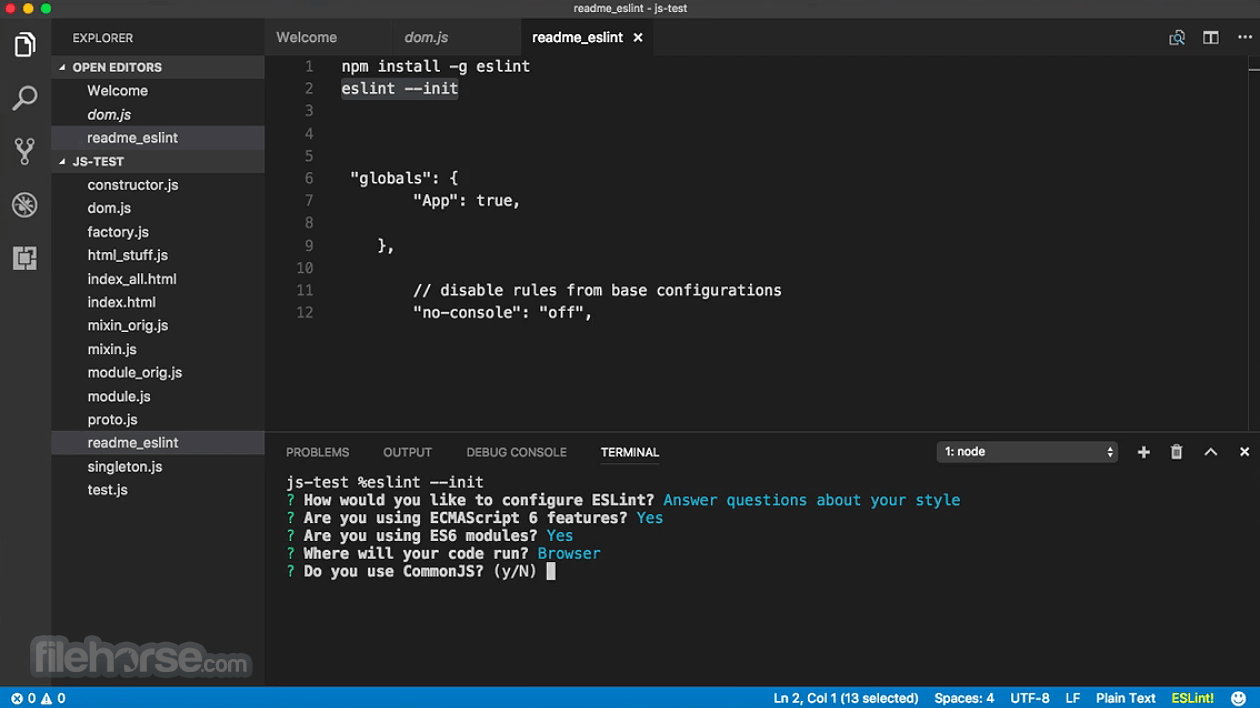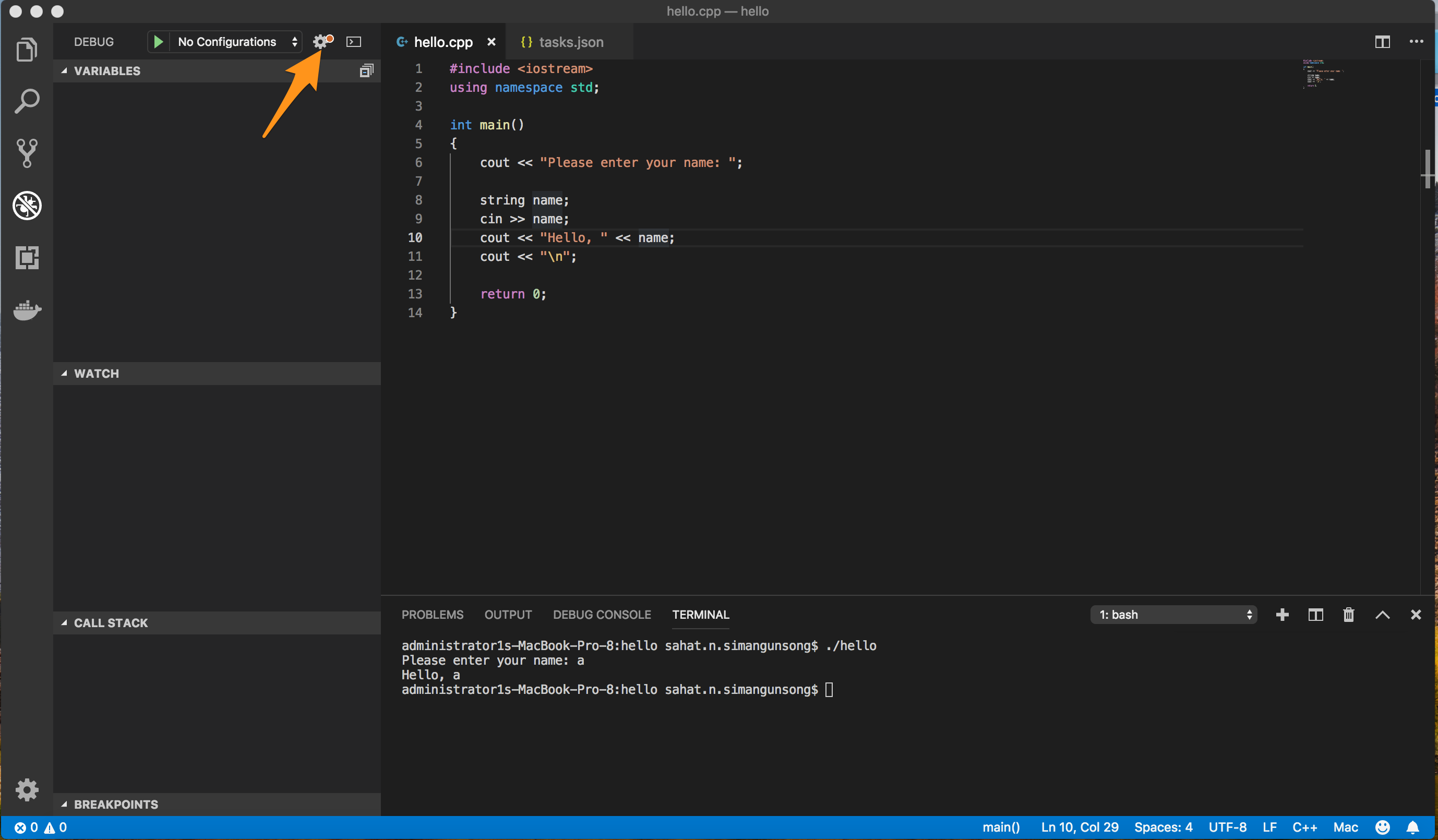

- LATEST VERSION OF VISUAL STUDIO CODE FOR MAC FULL VERSION
- LATEST VERSION OF VISUAL STUDIO CODE FOR MAC MAC OS
- LATEST VERSION OF VISUAL STUDIO CODE FOR MAC INSTALL
- LATEST VERSION OF VISUAL STUDIO CODE FOR MAC ARCHIVE
' in any folder to start editing files in that folder.

LATEST VERSION OF VISUAL STUDIO CODE FOR MAC INSTALL
Open the Command Palette ( Cmd+Shift+P) and type 'shell command' to find the Shell Command: Install 'code' command in PATH command.You can also run VS Code from the terminal by typing 'code' after adding it to the path: Add VS Code to your Dock by right-clicking on the icon, located in the Dock, to bring up the context menu and choosing Options, Keep in Dock.Open VS Code from the Applications folder, by double clicking the icon.Drag Visual Studio Code.app to the Applications folder, making it available in the macOS Launchpad.Use double-click for some browsers or select the 'magnifying glass' icon with Safari.
LATEST VERSION OF VISUAL STUDIO CODE FOR MAC ARCHIVE

There is currently no way of running Visual Studio Code directly on your iPad Pro. You can install most Windows apps on them (like Visual Studio), use a keyboard and mouse, or use touch and the Surface Pen, Dial, etc.
LATEST VERSION OF VISUAL STUDIO CODE FOR MAC FULL VERSION
Microsoft Surface computers are different - they may have a tablet form factor, but they have Intel processors and run a full version of Windows in essence they are thin, light laptops without a built-in keyboard. (Some apps support keyboard shortcuts with external keyboards, but not all.) so all software must be designed for touch interaction only. iOS has no support for mice or other traditional pointing devices, etc. All software on iOS devices is distributed by the App Store exclusively. It does not have a traditional file system like a desktop computer, so you cannot download.

While they share substantial amounts of code under the hood, iOS is tailored for Apple’s phones and tablets.
LATEST VERSION OF VISUAL STUDIO CODE FOR MAC MAC OS
Unfortunately no, because iOS - the operating system on iPads and iPhones - is not the same as macOS (formerly known as Mac OS X), the operating system for MacBooks, iMacs and Mac Pro computers.


 0 kommentar(er)
0 kommentar(er)
